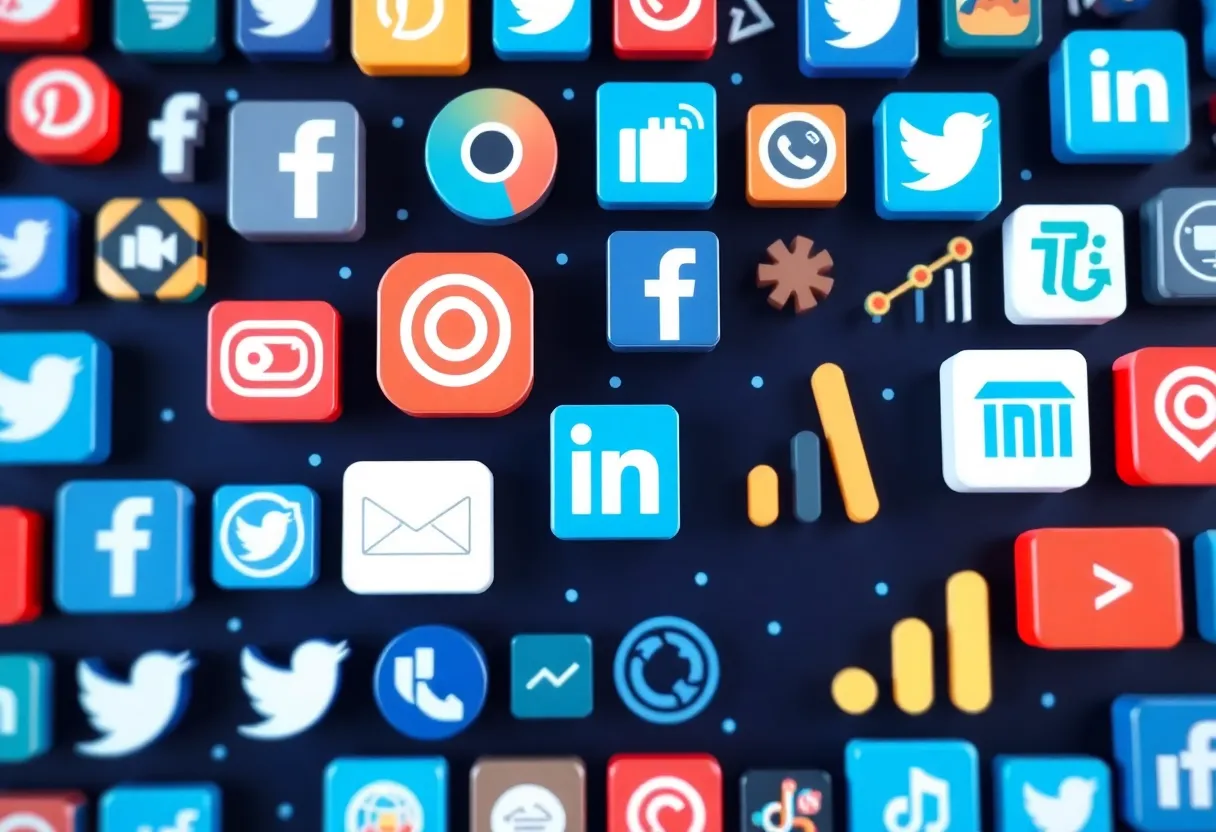News Summary
The media landscape is shifting as streaming services face stiff competition from social media platforms. With changing consumer preferences and ad spending, traditional media companies must adapt to the new reality. With rising costs and evolving viewer habits, streaming services are innovating to retain audiences, while social media’s influence grows, especially among younger generations.
The Evolving Media Landscape: Competition Between Streaming Services and Social Platforms
In today’s fast-paced digital world, the way we consume media continues to evolve, and it seems like streaming services are facing increasing pressure from an unexpected source: social media platforms. Recent insights reveal that the average consumer is spending about six hours a day on media and entertainment, but it looks like this time isn’t going to increase anytime soon. So, with so many choices out there, what does this mean for traditional media and the future of streaming?
Shifting Ad Spending and Consumer Preferences
It’s no secret that advertising budget allocations are changing, with media and entertainment companies now vying for half of the U.S. ad spending. Interestingly, much of this spending is shifting towards social video platforms that provide a wealth of free content and use advanced advertising technology to attract viewers. This puts traditional studios on the defensive as they scramble to retain their audience.
If we zoom in on consumer behavior, the numbers paint a telling story. Pay TV subscriptions have plummeted from 63% to 49% in recent years. Why? Well, it seems younger generations are driving this trend, with 23% of Generation Z and 18% of millennials planning to cancel their cable subscriptions in the next year due to rising costs. In contrast, these groups are finding streaming video-on-demand (SVOD) services more appealing.
A Shift in Spending Habits
With a median household income of around $80,000 in the U.S., consumers are increasingly prioritizing essential spending over media subscriptions. Combine this with rising production and marketing costs for studios, and it’s clear that traditional media companies are under immense pressure. To stay competitive, they are exploring innovative strategies like bundling and collaborations designed to attract audiences while keeping pricing friendly for consumers.
Declining Cable Services
As cable and satellite services struggle to maintain their footing, a growing number of subscribers express frustration over high prices and ad saturation. With the average cable bill tipping at around $125 per month, it’s easy to understand why many are switching to streaming services, which can cost as little as $69 for four paid subscriptions combined.
The Value of Content and Subscription Trends
Research indicates that 41% of consumers feel that the value of content offered by SVOD services isn’t worth the cost—a worrying trend that reflects the shifting sands of viewer preferences. Subscription churn rates are also alarming, sitting at 39% as many consumers cancel and re-subscribe to various services more frequently than ever.
With these shifts, streaming services are trying to adapt by exploring ad-supported tier options to attract new subscribers. In fact, more than half of SVOD subscribers are now utilizing ad-supported services, which has increased by eight percentage points from last year.
Social Media’s Stronghold
The hold social media platforms have over younger audiences is significant. Many in Generation Z and millennials find social media advertisements more relevant than traditional media ads, leading to a perception of social content as more engaging than typical television shows or movies. It seems they are even receiving better recommendations for media content from these platforms compared to their traditional counterparts.
The Competitive Future Ahead
As we move forward, traditional media companies will need to innovate if they hope to compete against the agility and allure of social platforms. The disparity in viewer preferences and spending patterns indicates that the landscape is changing rapidly. Audiences are demanding higher-quality storytelling, engaging content, and more value for their money. With traditional studios grappling with these trends, the question remains: how will they adapt in order to keep their audiences entertained and engaged?
Deeper Dive: News & Info About This Topic
HERE Resources
WHCA Cancels Amber Ruffin’s Comedy Performance at Dinner
Canadian Prime Minister Ushers in New Era of U.S. Relations
Get Ready for SEOST: The Ultimate Digital Marketing Conference in Chandler!
Exciting News in the Digital Marketing World: AdLift Joins Forces with Liqvd Asia!
Kobe Digital Expands into Miami with New Office
Understanding Digital Marketing Costs: A Business Guide for 2025
Nationwide Protests Erupt After Istanbul Mayor’s Arrest
Raleigh Named Best-Performing Large City in 2025
How to Create Authentic Connections with Your Audience Through Digital Marketing
South Carolina’s Historic Firing Squad Execution
Additional Resources
- Deloitte: United States Economic Outlook Analysis
- Wikipedia: Social Media
- Deloitte: 2025 Digital Media Trends
- Google Search: Digital Media Trends
- Deloitte: Thriving in Leadership Tension and Uncertainty
- Encyclopedia Britannica: Streaming Media
- Deloitte: Closing the Experience Gap
- Google News: Streaming Services Competition









